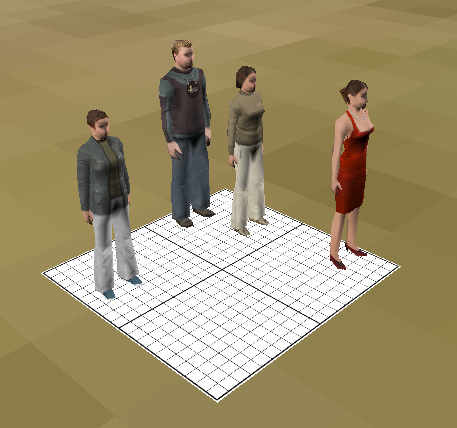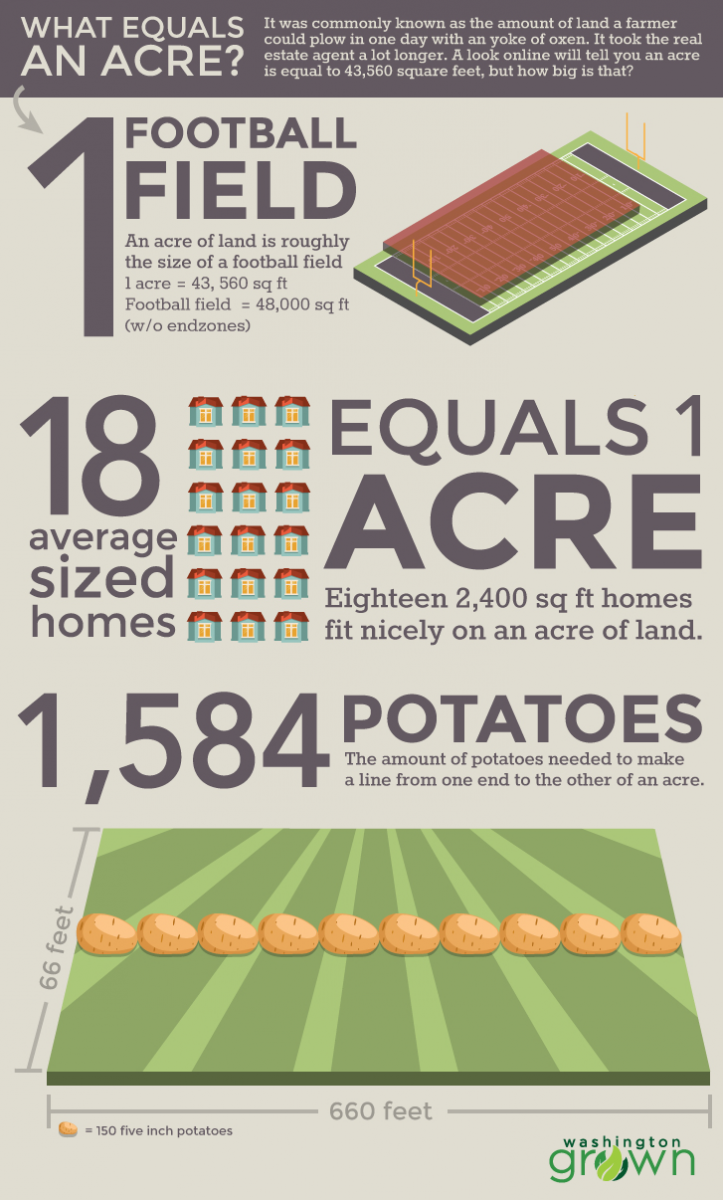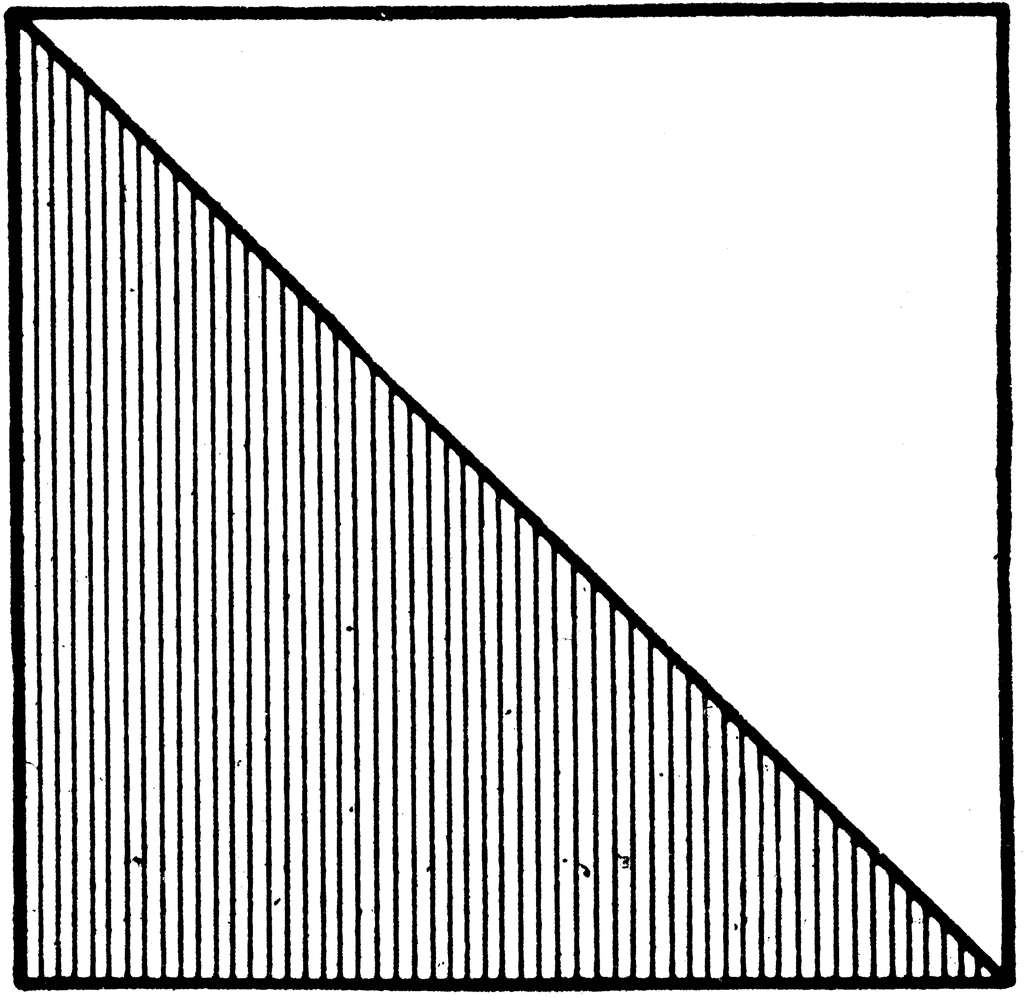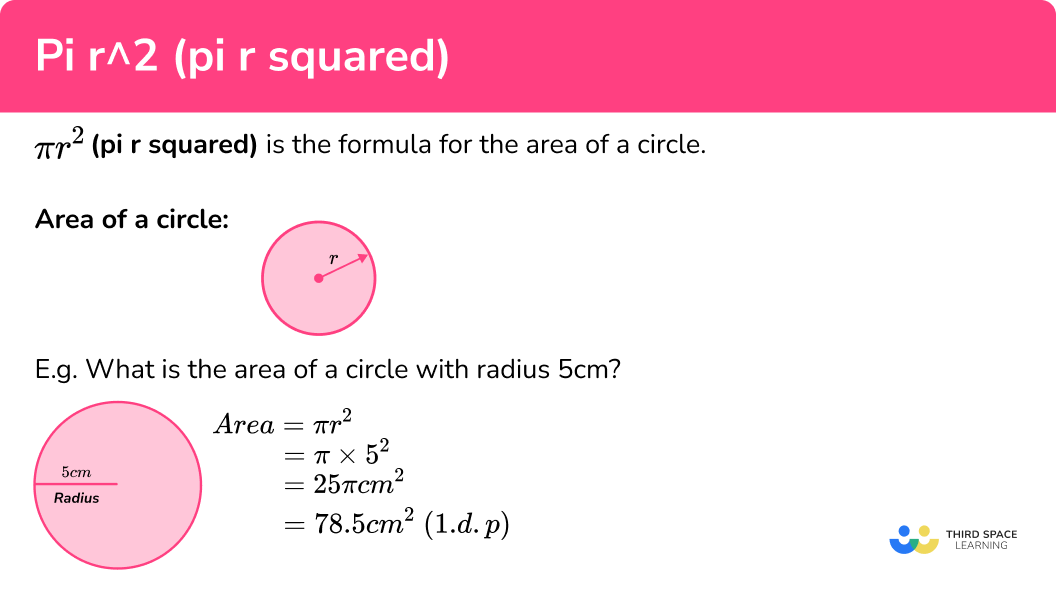Topic what is 1 metre squared: Discover everything you need to know about 1 metre squared in this comprehensive guide. From its mathematical definition to practical applications in everyday life, we explore how to visualize, measure, and convert square meters. Whether you're dealing with real estate, construction, or gardening, understanding 1 square meter is essential. Let's dive in!
Table of Content
Understanding 1 Metre Squared
The term "1 metre squared" (or "1 square meter") is commonly used in measurements and geometry. It refers to the area of a square with each side being exactly 1 meter in length.
Mathematical Definition
In mathematical terms, 1 square meter (m²) can be expressed as:
\[ 1 \, \text{m}^2 = 1 \, \text{m} \times 1 \, \text{m} \]
This means the total area is calculated by multiplying the length and width, both of which are 1 meter.
Visualization and Practical Applications
To visualize 1 square meter:
- Imagine a square drawn on the ground where each side is 1 meter long.
- Common objects that cover approximately 1 square meter include a large door mat or a small dining table.
Conversions and Equivalents
1 square meter can also be converted into other units of area:
| Unit | Equivalent |
| Square Centimeters (cm²) | 10,000 cm² |
| Square Millimeters (mm²) | 1,000,000 mm² |
| Square Feet (ft²) | 10.764 ft² |
| Square Inches (in²) | 1,550 in² |
Usage in Different Fields
The concept of a square meter is widely used in various fields such as:
- Real Estate: Measuring the floor space of homes and offices.
- Construction: Estimating materials required for building projects.
- Gardening: Planning and laying out garden spaces.
Examples of 1 Square Meter
Here are a few examples to provide a better understanding of how large 1 square meter is:
- The surface area of a typical desk or a large coffee table.
- The size of a standard door or a small rug.
- The area taken by an open newspaper spread on the floor.

READ MORE:
Introduction to 1 Metre Squared
The term "1 metre squared" refers to an area that is equivalent to a square where each side is 1 meter long. It is a fundamental unit of area in the International System of Units (SI), denoted as \( \text{m}^2 \). Understanding this concept is crucial for various practical applications such as measuring land, floor space, and other surfaces.
In mathematical terms, the area of a square is calculated by multiplying the length of one side by itself. For a square with sides of 1 meter, this can be expressed as:
\[ 1 \, \text{m}^2 = 1 \, \text{m} \times 1 \, \text{m} \]
This simple calculation helps in visualizing and understanding the size of 1 square meter. To put it into perspective:
- Real Estate: It's often used to describe the size of rooms, apartments, or entire properties.
- Construction: Contractors use square meters to estimate materials required for floors, walls, and other surfaces.
- Gardening: Planning garden layouts or determining the amount of soil needed can be done using square meters.
To better understand the scale, here are some comparisons:
- A standard large bath towel typically covers an area of about 1 square meter.
- One square meter is roughly the size of a typical small dining table.
- Many laptop screens have a surface area of less than 1 square meter.
1 square meter can also be converted into other units of area for broader applicability:
| Unit | Equivalent |
| Square Centimeters (cm²) | 10,000 cm² |
| Square Millimeters (mm²) | 1,000,000 mm² |
| Square Feet (ft²) | 10.764 ft² |
| Square Inches (in²) | 1,550 in² |
Understanding and visualizing 1 metre squared is fundamental for numerous everyday tasks and professional activities. Whether you're buying a home, planning a garden, or involved in construction, grasping the concept of square meters will significantly aid in making accurate measurements and estimations.
Mathematical Definition and Formula
The concept of "1 metre squared" is fundamental in geometry and measurement. It defines the area of a square with each side measuring exactly 1 meter. This measurement is crucial in various fields such as mathematics, construction, and real estate.
To understand this, consider a square where each side is 1 meter long. The area \( A \) of this square can be calculated using the formula for the area of a square:
\[ A = \text{side} \times \text{side} \]
Since each side is 1 meter, we can substitute this value into the formula:
\[ A = 1 \, \text{m} \times 1 \, \text{m} = 1 \, \text{m}^2 \]
Thus, 1 square meter, denoted as \( 1 \, \text{m}^2 \), represents the area of a square with sides of 1 meter each.
Here’s a step-by-step breakdown:
- Identify the Length of Each Side: In this case, each side of the square is 1 meter.
- Apply the Area Formula: Use the formula \( A = \text{side} \times \text{side} \).
- Calculate the Area: Multiply the length of the sides: \( 1 \, \text{m} \times 1 \, \text{m} \).
- Result: The area is \( 1 \, \text{m}^2 \).
This concept extends beyond simple geometry. Square meters are used to measure larger areas, such as rooms, plots of land, or entire buildings. Understanding how to calculate and use square meters is essential for accurately determining space in various contexts.
For more complex shapes, the area can still be expressed in square meters by breaking the shape down into smaller sections, calculating the area of each, and then summing them up. However, the principle remains the same: multiply the length by the width, ensuring both measurements are in meters.
Below is a comparison of 1 square meter to other units of area:
| Unit | Equivalent in 1 m² |
| Square Centimeters (cm²) | 10,000 cm² |
| Square Millimeters (mm²) | 1,000,000 mm² |
| Square Feet (ft²) | 10.764 ft² |
| Square Inches (in²) | 1,550 in² |
Grasping the mathematical definition and formula for square meters is not only useful in academic settings but also in everyday practical scenarios. Whether you're measuring the floor space of a room or determining the amount of material needed for a project, understanding square meters is invaluable.
Visualization and Real-World Examples
Understanding what 1 metre squared represents is easier with some practical visualizations and examples. This concept helps translate abstract measurements into relatable, everyday contexts.
Visualization of 1 Square Meter:
- Imagine a square on the ground where each side is exactly 1 meter long. This forms a square meter.
- Visualize the area of a small table or a large bath towel; both are approximately 1 square meter.
To grasp the scale of 1 square meter, consider these comparisons:
- A standard door or a large tile might cover around 1 square meter.
- A square meter is roughly the same size as the surface area of a desktop or a small patio.
- In terms of flooring, many tiles or carpet pieces are designed to cover one square meter each.
Here’s how 1 square meter fits into various real-world contexts:
| Context | Examples |
| Real Estate | A 10-square meter room is approximately the size of a small bedroom. |
| Gardening | Planning a garden bed often involves measuring in square meters to determine the number of plants or amount of soil required. |
| Construction | Builders estimate the number of tiles or amount of paint needed by calculating the area in square meters. |
| Office Space | An average cubicle or workstation may occupy about 1 to 2 square meters. |
For further illustration, here are some specific examples:
- Parking Space: A typical car parking space might be about 12 square meters, indicating how 1 square meter fits into this larger area.
- Garden Plot: If you were planting a vegetable garden, you might start with a plot of 1 square meter to see how many plants can fit comfortably.
- Living Room: Consider the floor space taken up by furniture; a coffee table might occupy around 1 square meter.
These visualizations and real-world examples demonstrate how versatile and widely applicable the concept of 1 metre squared is. From home design to outdoor planning, understanding how to measure and visualize a square meter can significantly aid in making precise and informed decisions.
Conversion to Other Units of Area
Converting 1 metre squared into other units of area is essential for understanding and comparing measurements across different systems. This is particularly useful in various fields such as construction, real estate, and science. Below, we outline how to convert 1 square meter into several common units of area.
Conversion Formula:
The basic principle for converting area is to use appropriate conversion factors. For a given area in square meters \( A \, \text{(m}^2\text{)} \), the conversion to another unit can be calculated using the formula:
\[ \text{Area in New Units} = A \, \text{(m}^2\text{)} \times \text{Conversion Factor} \]
Here are the most common conversions for 1 square meter:
| Unit | Conversion Factor | Equivalent to 1 m² |
| Square Centimeters (cm²) | 10,000 | 1 m² = 10,000 cm² |
| Square Millimeters (mm²) | 1,000,000 | 1 m² = 1,000,000 mm² |
| Square Kilometers (km²) | 0.000001 | 1 m² = 0.000001 km² |
| Square Feet (ft²) | 10.764 | 1 m² = 10.764 ft² |
| Square Inches (in²) | 1,550 | 1 m² = 1,550 in² |
| Square Yards (yd²) | 1.196 | 1 m² = 1.196 yd² |
| Acres | 0.000247 | 1 m² = 0.000247 acres |
| Hectares (ha) | 0.0001 | 1 m² = 0.0001 ha |
Let’s delve into a few specific conversions:
- Square Centimeters (cm²): Since 1 meter equals 100 centimeters, a square meter contains 100 cm on each side. Therefore, \( 100 \times 100 = 10,000 \, \text{cm}^2 \).
- Square Millimeters (mm²): A meter equals 1,000 millimeters. Thus, \( 1,000 \times 1,000 = 1,000,000 \, \text{mm}^2 \) in a square meter.
- Square Feet (ft²): Using the conversion \( 1 \, \text{m} = 3.28084 \, \text{ft} \), the area becomes \( 3.28084 \times 3.28084 = 10.764 \, \text{ft}^2 \).
- Square Inches (in²): There are 39.3701 inches in a meter. Thus, \( 39.3701 \times 39.3701 = 1,550 \, \text{in}^2 \).
These conversions are invaluable when working with different systems of measurement. Whether you're planning a project in feet or evaluating land in hectares, converting square meters helps standardize and simplify your calculations.
Applications in Various Fields
The concept of 1 metre squared is widely used across numerous fields, facilitating measurements and planning. Its applications range from daily tasks to specialized professional practices. Below, we explore how 1 square meter is applied in different contexts.
- Construction and Architecture: In construction, accurate measurements are crucial. Builders use square meters to determine the area of floors, walls, and ceilings, ensuring the correct quantity of materials like tiles, paint, and flooring. Architects plan layouts and room sizes in square meters to optimize space and functionality.
- Real Estate: The size of properties, including apartments, homes, and commercial spaces, is often measured in square meters. This standard unit helps buyers and renters understand the area available, making it easier to compare different properties and make informed decisions.
- Interior Design: Interior designers use square meters to plan furniture placement and room layouts. Knowing the area helps in selecting appropriately sized furniture and decorations to ensure the space is functional and aesthetically pleasing.
- Landscaping and Gardening: Gardeners and landscapers measure plots in square meters to plan planting arrangements, calculate the amount of soil needed, and design garden features like pathways and patios. This ensures efficient use of space and resources.
- Science and Research: In scientific research, especially in fields like ecology and environmental science, square meters are used to measure plot areas for sampling and studying natural habitats. This standard unit allows for consistent data collection and analysis.
- Education: Teachers and students often use square meters in mathematics and science education to understand basic geometry and area calculations. It serves as a fundamental unit for learning about space and dimensions.
- Sports and Recreation: Facilities like gymnasiums, swimming pools, and sports fields are often measured in square meters to ensure they meet size regulations and accommodate activities effectively. Event organizers also use these measurements to plan layouts and seating arrangements.
- Retail and Commercial Spaces: Retailers use square meters to calculate the area available for product displays, storage, and customer movement. This helps in optimizing the layout for better customer experience and sales efficiency.
- Urban Planning: Urban planners and developers measure land and infrastructure in square meters to design efficient and sustainable cities. This includes planning residential areas, parks, and public facilities to meet community needs.
Understanding and applying the concept of 1 metre squared is essential across these diverse fields. It enables precise measurement, planning, and utilization of space, making it a valuable tool in both everyday and professional activities.
FAQs About Square Meters
Understanding square meters can often raise questions, especially when applied to various practical scenarios. Below are some frequently asked questions (FAQs) about square meters, providing clear and detailed answers.
- What is a square meter?
A square meter (m²) is a unit of area measurement that represents the area of a square with sides that are each 1 meter long. It is commonly used to measure areas of rooms, land, and other flat surfaces.
- How do you calculate the area in square meters?
To calculate the area in square meters, measure the length and width of the space in meters and multiply these two measurements together:
\[ \text{Area} = \text{Length} \times \text{Width} \]For example, if a room is 3 meters long and 2 meters wide, the area is \( 3 \times 2 = 6 \, \text{m}^2 \).
- How do square meters compare to other units of area?
Square meters can be converted to other units of area using the following equivalents:
- 1 square meter = 10.764 square feet
- 1 square meter = 1,550 square inches
- 1 square meter = 0.0001 hectares
- 1 square meter = 0.000247 acres
- Why are square meters important in real estate?
Square meters provide a standardized way to measure and compare the size of properties. They help buyers, renters, and sellers understand the space available, facilitating decisions about purchasing or leasing.
- How do you visualize a square meter?
One way to visualize a square meter is to think of a square area on the ground with each side measuring 1 meter. It is roughly the size of a small table or a large bath towel.
- Can you measure irregular shapes in square meters?
Yes, you can measure the area of irregular shapes in square meters. You can break down the shape into smaller regular shapes, calculate the area of each, and then sum the areas. Alternatively, use methods like grid approximation or mathematical integration for more complex shapes.
- What tools do you need to measure in square meters?
Common tools for measuring in square meters include a measuring tape or laser distance measurer for dimensions, and a calculator to multiply the measurements. For larger areas, tools like a trundle wheel or surveying equipment may be used.
- How do square meters relate to volume measurements?
Square meters measure area, while cubic meters measure volume. To find the volume in cubic meters, you multiply the area in square meters by the height (or depth) of the space:
\[ \text{Volume} = \text{Area} \times \text{Height} \]For example, a room with a floor area of 10 m² and a height of 2.5 meters has a volume of \( 10 \, \text{m}^2 \times 2.5 \, \text{m} = 25 \, \text{m}^3 \).
- Is there a difference between "square meter" and "meter squared"?
No, both terms refer to the same unit of area. "Square meter" is the standard term used in measurement, while "meter squared" is a less common way to refer to the area of a square with sides of 1 meter.
- How can square meters be used in everyday life?
Square meters are used in various everyday situations, such as planning home improvements, buying flooring, measuring garden space, or organizing furniture. Understanding and using this unit helps in making accurate and efficient decisions related to space.
These FAQs highlight the versatile use and understanding of square meters in both practical and theoretical contexts. Whether for everyday tasks or professional purposes, knowing how to measure and apply square meters is essential.
Conclusion and Summary
Understanding 1 square meter is essential for a variety of practical applications, from construction to everyday life. Let's summarize the key points covered in this guide:
-
Mathematical Definition:
1 square meter is defined as the area of a square with sides that are each 1 meter long. Mathematically, it can be represented as:
\[ 1 \, \text{m}^2 = 1 \, \text{m} \times 1 \, \text{m} = 1 \, \text{m}^2 \]
-
Visualization and Real-World Examples:
One square meter can be visualized as an area roughly the size of a large floor tile or a small table. It's a common unit of measure in many everyday situations.
-
Conversion to Other Units:
1 square meter can be converted into other units of area. Some common conversions include:
Square centimeters (cm2) 10,000 cm2 Square millimeters (mm2) 1,000,000 mm2 Square feet (ft2) Approximately 10.764 ft2 Square yards (yd2) Approximately 1.196 yd2 -
Applications in Various Fields:
Square meters are widely used in various fields such as construction, real estate, landscaping, and interior design to measure areas of rooms, plots, and materials.
-
FAQs:
Common questions about square meters include how to measure them accurately and how they relate to other units of area.
In conclusion, a solid understanding of 1 square meter and its applications can significantly benefit anyone dealing with space measurement and management. Whether for personal projects or professional purposes, knowing how to visualize, convert, and apply this unit of area is invaluable.
Lớp 2 | Toán học | Chiều dài: Centimet và Mét
READ MORE:
Chuyển đổi Mét vuông sang Feet vuông (m² sang ft²)










